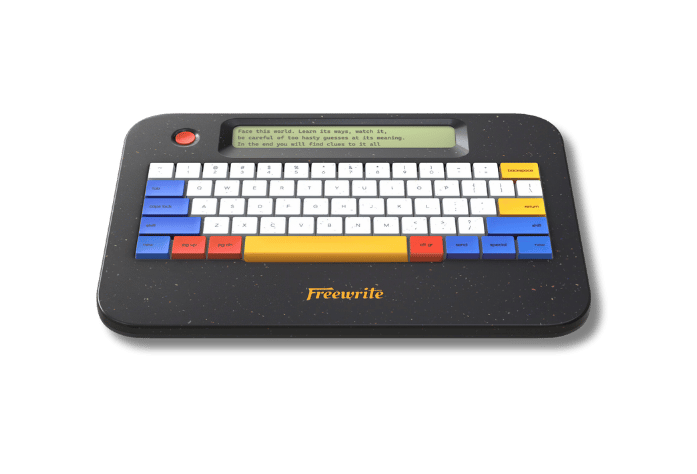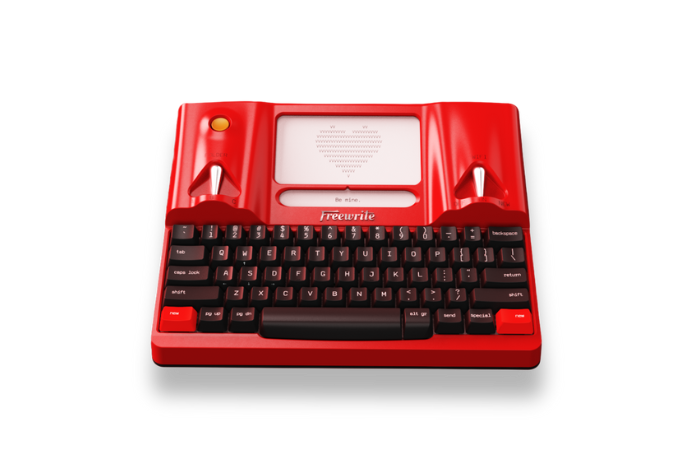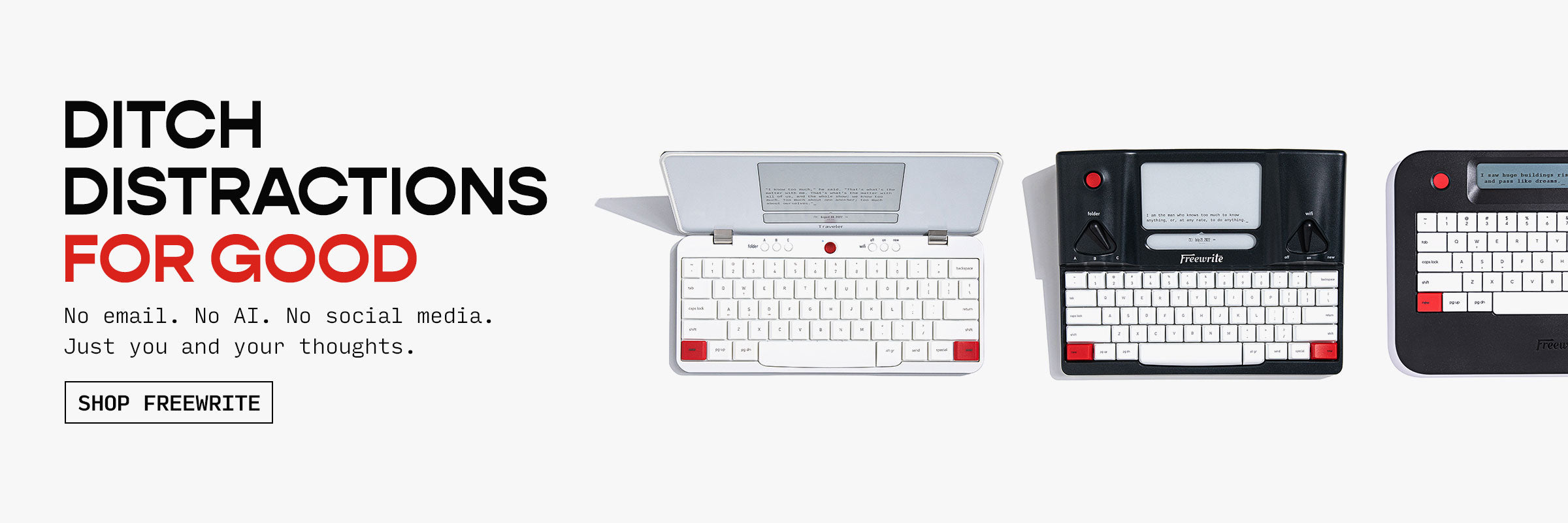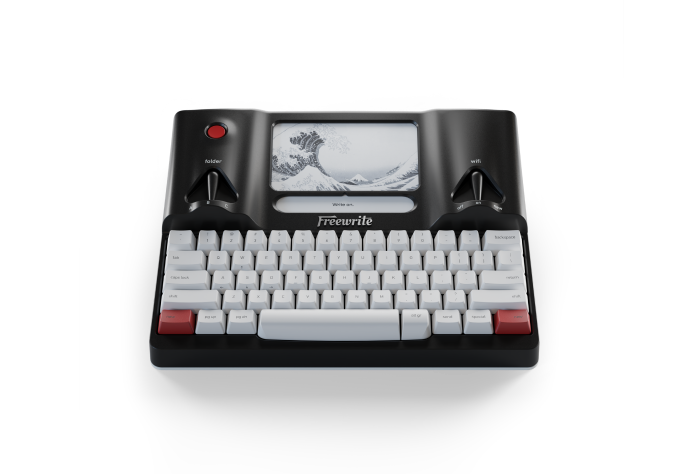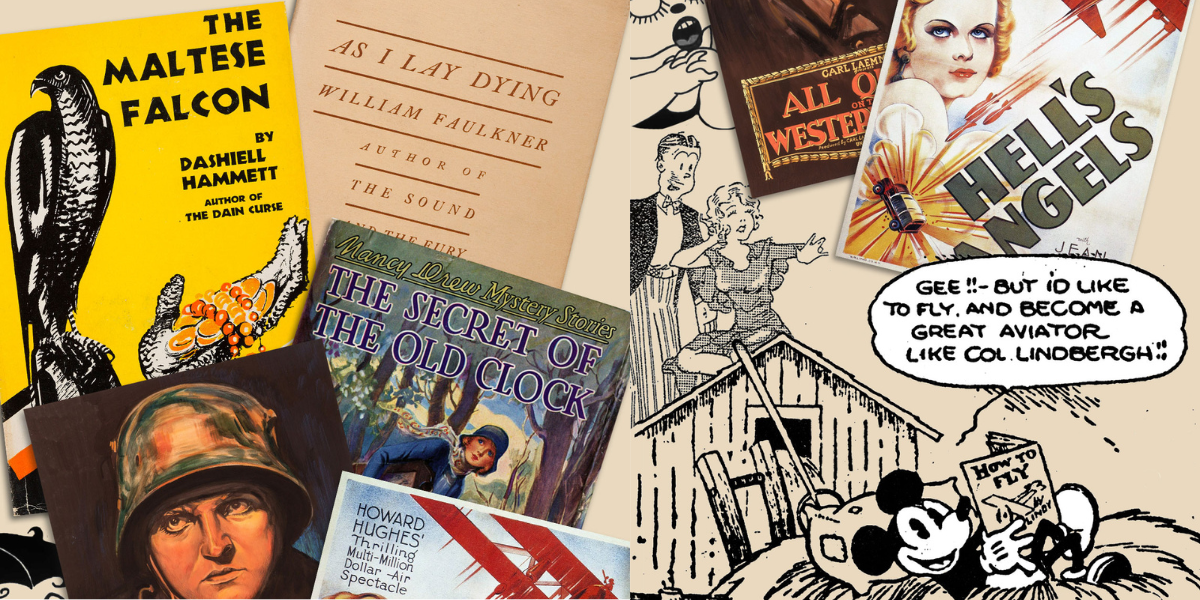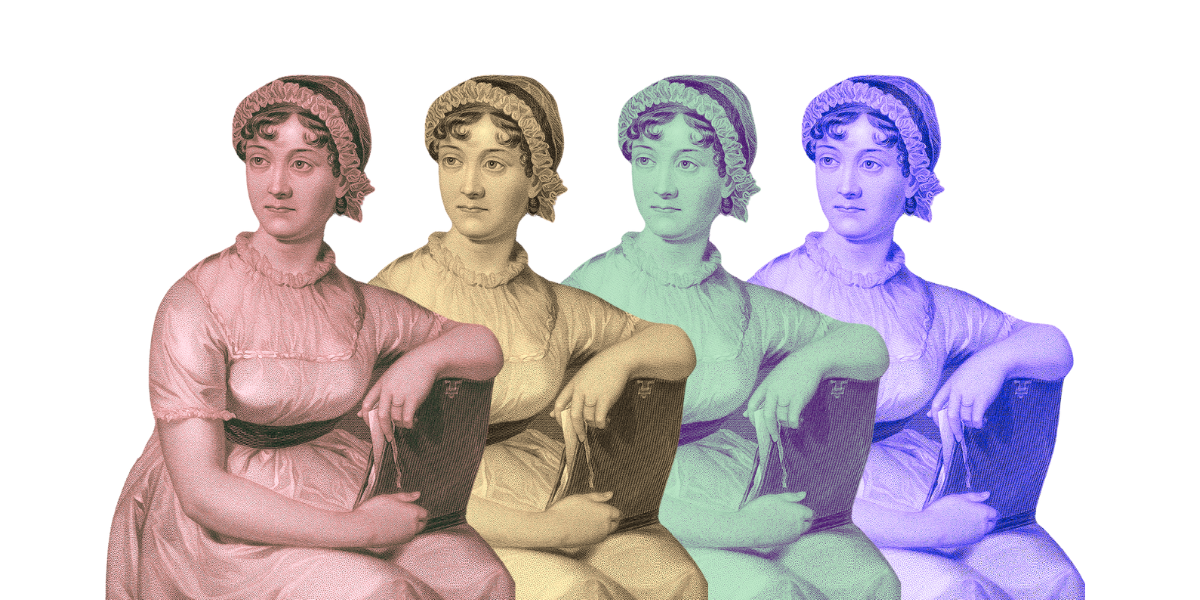Today we are launching two huge improvements to the Freewrite experience. The first is Freewrite Plus. It's a new paid tier of Freewrite services that unlocks new features on both Freewrite devices and in Postbox. The second is version 2.0 of Freewrite Firmware that will be available to all Traveler and Smart Typewriter Gen3 devices. I couldn’t be more excited to welcome you all to the next phase of Freewrite’s growth.
Freewrite Plus is our first step in providing premium features on top of the core drafting experience we have been refining since the first Freewrite devices shipped in 2016. The fact is that our vision to create the ultimate drafting tool was realized long ago. Writers have been using Freewrite devices to double their hourly wordcount consistently. Nobody needs new features to be prolific. Yes, it’s true. But what we realized, and heard from you, is that some writers just want more flexibility to be able to adapt Freewrite to their writing workflow. This is where Freewrite Plus comes in.
For all those looking to squeeze every possible ounce of productivity out of their writing experience, Freewrite Plus is for you. Today we are launching with two new features, document uploading and advanced send key functionality – more will be added to the Plus plan as time goes on. Stay tuned.
Document uploading is one of the most requested features we’ve heard from you all over the years. We’ve always said, since Freewrite is a drafting machine, not an editing machine, why do you need to upload drafts? Just start a new draft on your device and piece it together with the old draft on your computer later during the edit process. This is still the recommendation for most but for those that want that extra level of convenience of working directly in a previously written draft, now you can with Freewrite Plus.
The second feature launching today adds more options for sending drafts directly from the device. With the new firmware you can hold the [send] key down and email a copy of the active draft to any address. This allows for quick sharing of a draft, without going to a computer, to an editor or collaborator, and even the ability to print directly from the device (with a newer printer that has its own email address).
We haven’t forgot about the core Freewrite experience either.
The new firmware landing on all Traveler and Smart Typewriter Gen3 devices has a completely overhauled writing backend that works flawlessly with drafts of any size, from 100 words to 1,000,000. It looks the same but under the hood it is completely rebuilt. Until now, we've had to recommend people to start a new draft as their word count eclipsed 10,000 in a single document. Truthfully it was a bit embarrassing for a product that was designed for long form drafting! No longer. Firmware version 2.0 works with drafts of any length seamlessly and without slow down regardless of word count. Here we go!
Since 2014, we've dreamt of creating the best productivity tools for the writing experience. In that time, we've built 3 generations of the Freewrite device that started it all, now known as the Smart Typewriter. We launched Traveler, a smaller, folding version with the same distraction-free writing experience. Just last year, we crowdfunded Alpha, the simplest product in our writing tool lineup. We built Sprinter for quick writing sessions in the browser. We created Writing Time Fridays where thousands of people every week receive a writing prompt in their inbox. And all along the way we have been refining the product experience with improved cloud software in Postbox and new firmware delivered seamlessly over the air.
Over the years, some have complained that we may have not always been as responsive as they would like. They aren’t wrong but please believe me that it wasn’t for lack of trying. The truth is, we have never had more than one customer service person (sometimes it was zero!) and we all were heads down building. For many years, we were in survival mode. Now in our 9th year of operation, I can say with complete confidence that our team is better than ever and I’m just as excited today as I was when the OG Hemingwrite concept first went viral in the fall of 2014.
Thank you for coming with us on this journey and your support. Update your devices to the new firmware and give Freewrite Plus a try with a two-week free trial!
- Adam, Freewrite Founder and CEO







